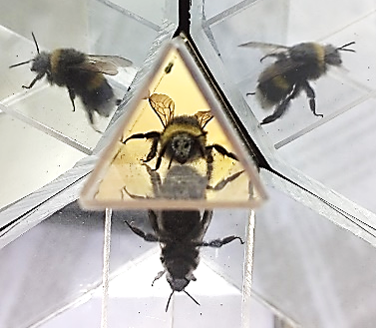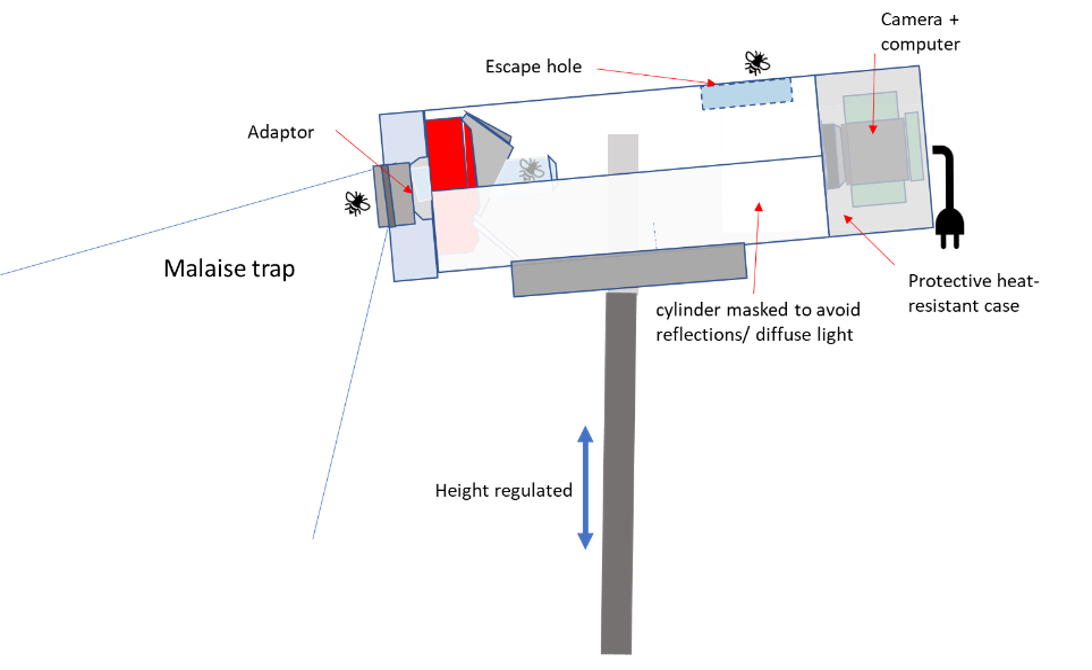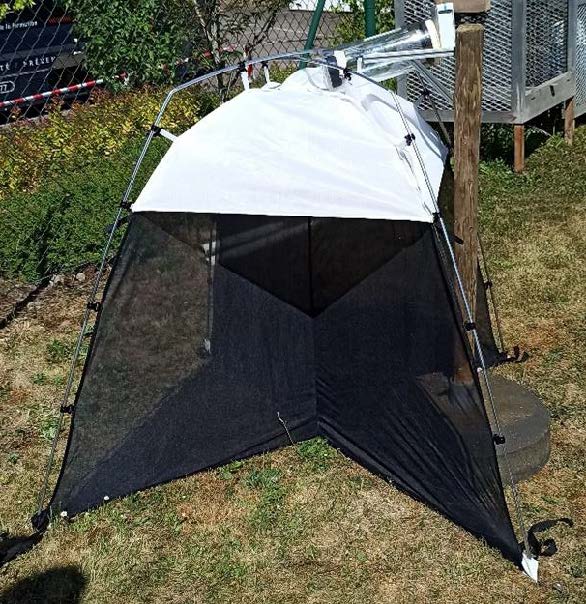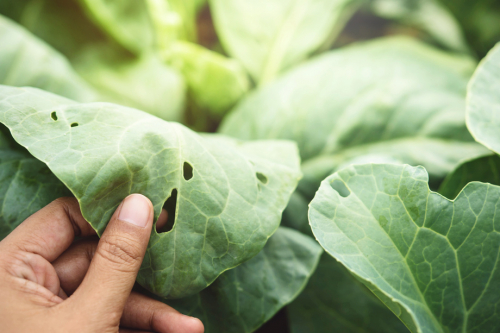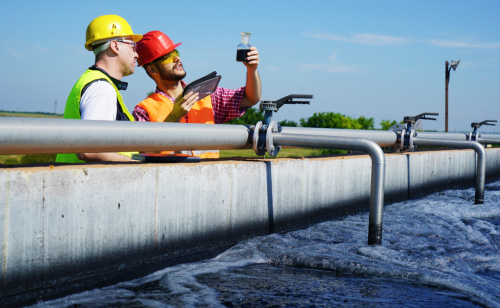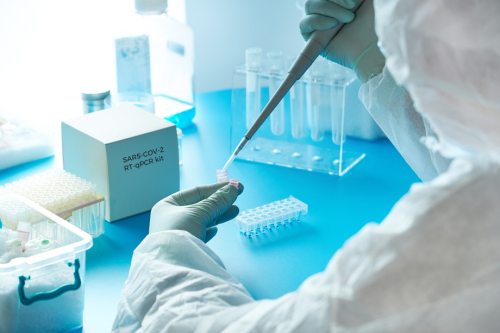The invention aims to improve the taxonomic resolution of image-based determinations of individual insects or other small invertebrates by recording multiple-view images of single individuals. A small camera is connected to a micro-computer which is programmed to take high-resolution images of the reflections of an individual specimen (e.g. an insect) through a mirror system, showing different angles of view.
The imaging device is connected to an entomological trap adapted to direct the intercepted or caught individual towards the entrance of the imaging device. The images are recorded as the individual insect or other small animal traverses the device, after which it escapes unharmed .
Benefits :
The invention provides an alternative to lethal methods for surveys and monitoring of invertebrates or other small animals, with the potential to cover a wider range of end-users such as citizen-scientists. The invention can be programmed to collect high resolution images of specimens continuously, thus increasing the temporal resolution of data, while reducing the need of repeated field visits to conduct surveys or to empty the collection bottles of lethal traps (e.g. Malaise traps).
Applications:
The invention could be used as an image capturing method adapted to different commercial entomological traps targeting a variety of invertebrates (such as flying insects), by for example substituting trap collection bottles. A network of many of such multiple-view image capturing devices could allow for data to be collected across greater spatiotemporal scales simultaneously. Coupled with state-of-the-art deep learning convolutional neural networks, images could be automatically
processed, with great potential for passive monitoring.
Opportunity:
Test and further develop prototypes in the context of a technology development project.
IP Status : Patent application submitted
